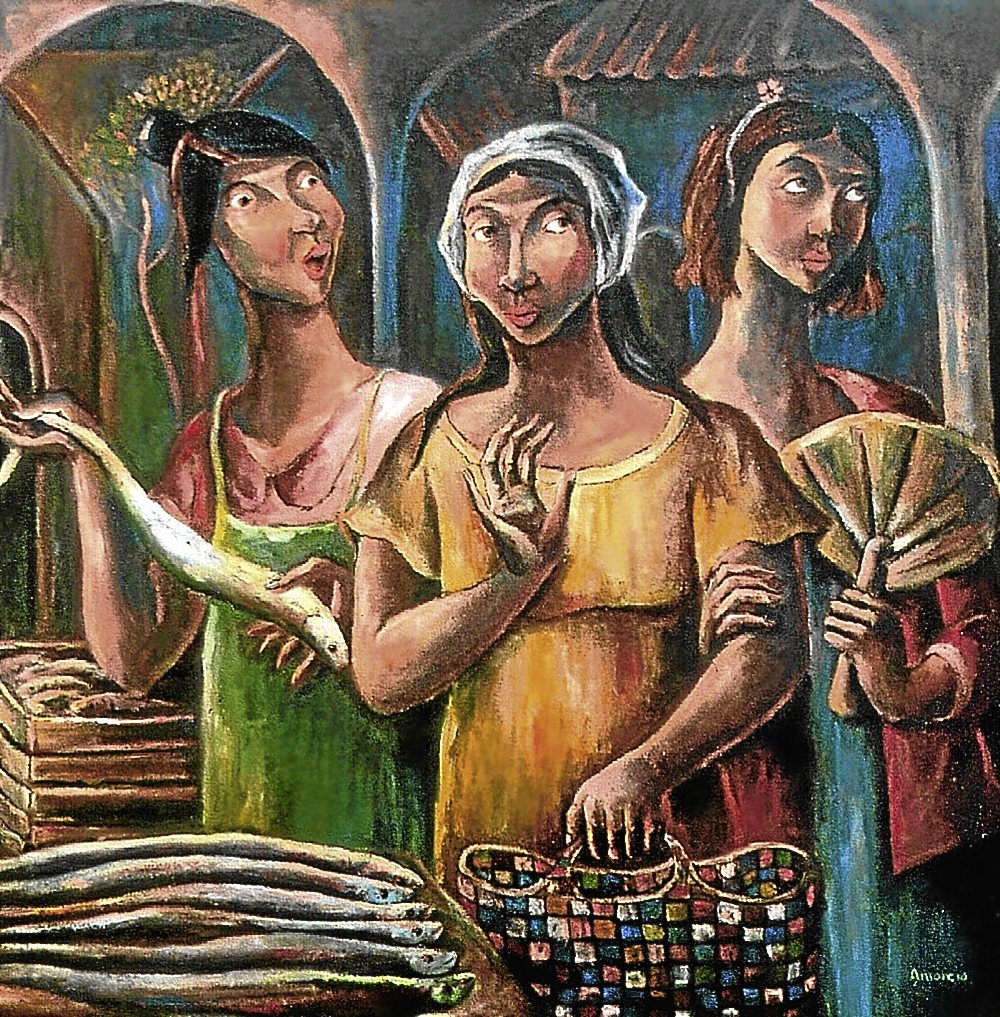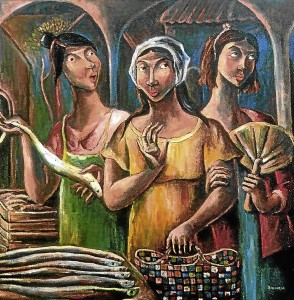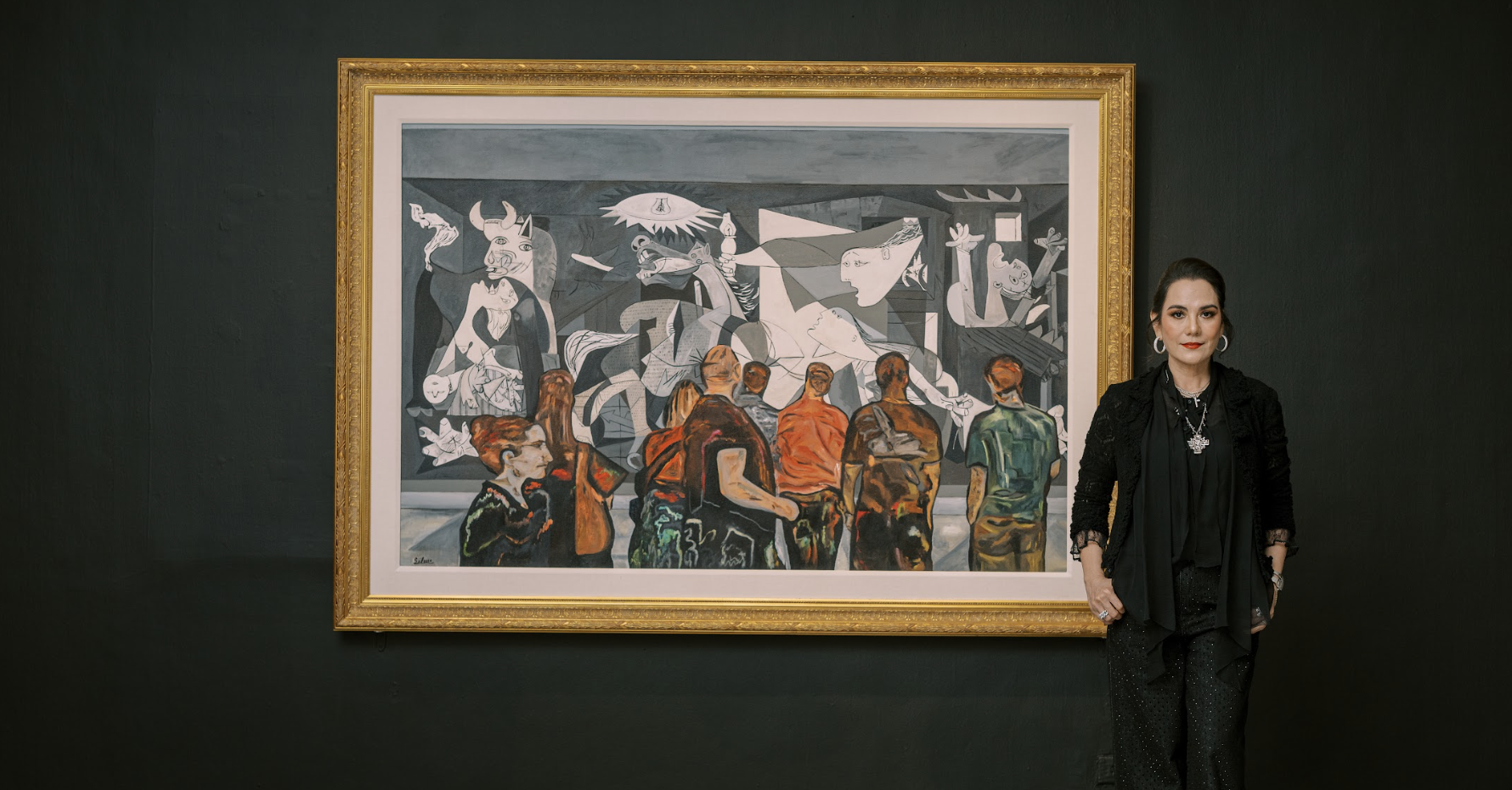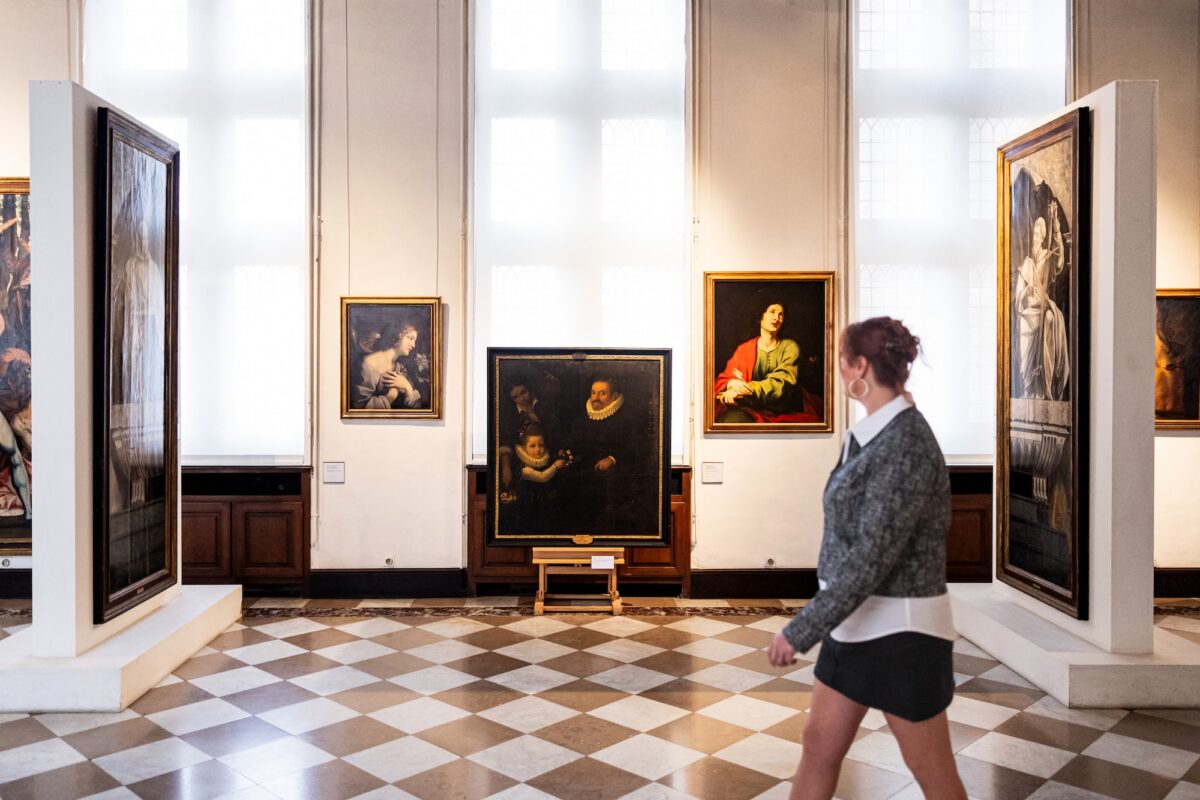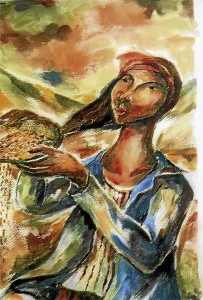
In as much as the same can be said about the works of Felix Amoncio, there is something that is worth looking into; not idealism or nostalgia, but his attempt to depict and articulate folk consciousness in everyday life.
Folk consciousness is ingrained in all forms of our local art and popular culture despite our colonial experience that seems to efface it. Jeepney, for instance, is often festooned with multiple icons, from the Catholic image of the Madonna and Child to pop celebrities like Madonna.
Jeepney aesthetics need not offend despite its radical showcase of images that are sacrilegious and reverent or secular and otherworldly. The seeming disparity of these images can only be explained as an overwhelming need to fill up space, to appropriate the foreign as one’s own, or as a wish-fulfillment, which seems to address the uneven power relations of people, or as a way out of a repressive situation.
Local with foreign
Jeepney aesthetics may be an innocent hodgepodge of discrepant images but in it we find an ultimate expression of how we deal with our colonial trauma, the jeep itself being an instrument of war, a residue of colonialism creatively converted into something useful and practical for everyday living.
Amoncio is one of the artists who blend the local with the foreign and has the dexterity to appropriate impressionism for local scenes, whether in the market or streets, even in the privacy of a room as one plays music.
In “Alok,” we see three women: one selling; the second seemingly refusing the offer; the third most probably indifferent, oblivious and immersed in her own thoughts. Amoncio has arranged the women in such a way that he tells a story so that we easily focus our attention on these women.
Snapshot effect
We also see a relaxed boundary among women as Amoncio’s subjects and their background give an overall effect of a snapshot, a part of a larger reality captured as if by chance.
In “Ensayo,” we see this same effect of capturing the mundane as it shows girls rehearsing a song yet the ordinary is defamiliarized or made new. We are given an image that seems to resemble a photo of two girls, yet quite different, since the colors and their forms are not realistic.

In Amoncio’s world, ordinary women toiling are the bearers of a collective aspiration for a better life.
Felix Amoncio’s work is part of the group show “Tatlo” at Art Center, SM Megamall, Mandaluyong City. Participating artists include Jake Catah and Jerson Samson. Amoncio has finger-painted watercolor works for this exhibition.

